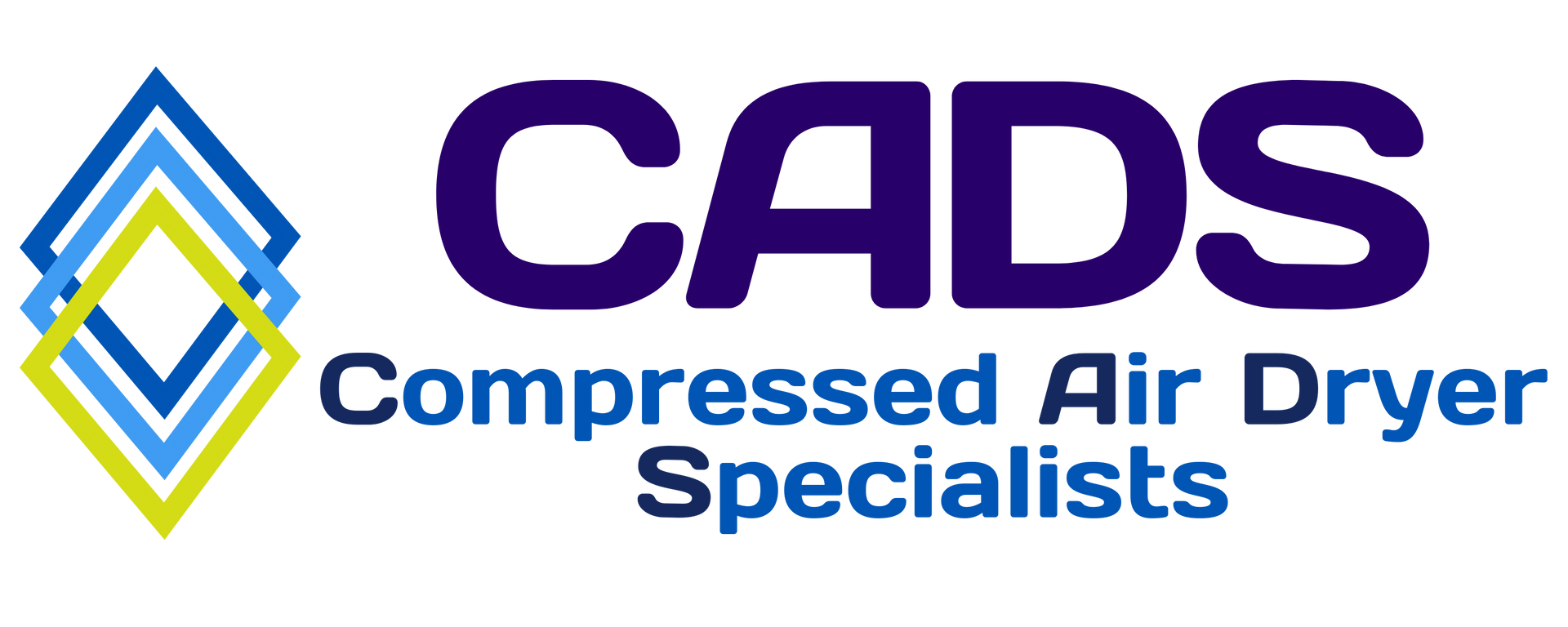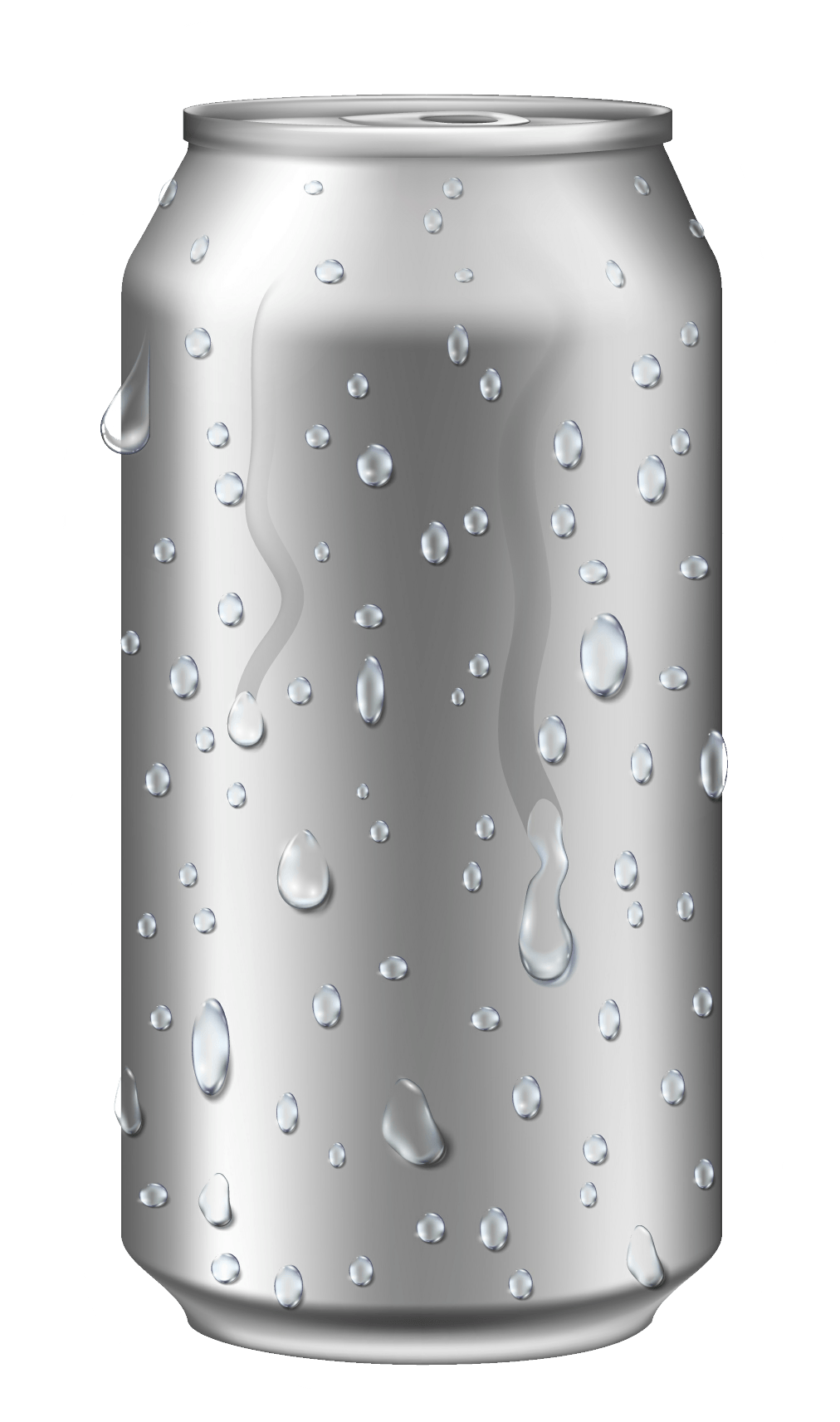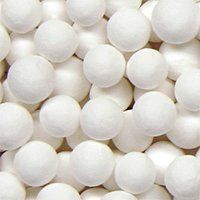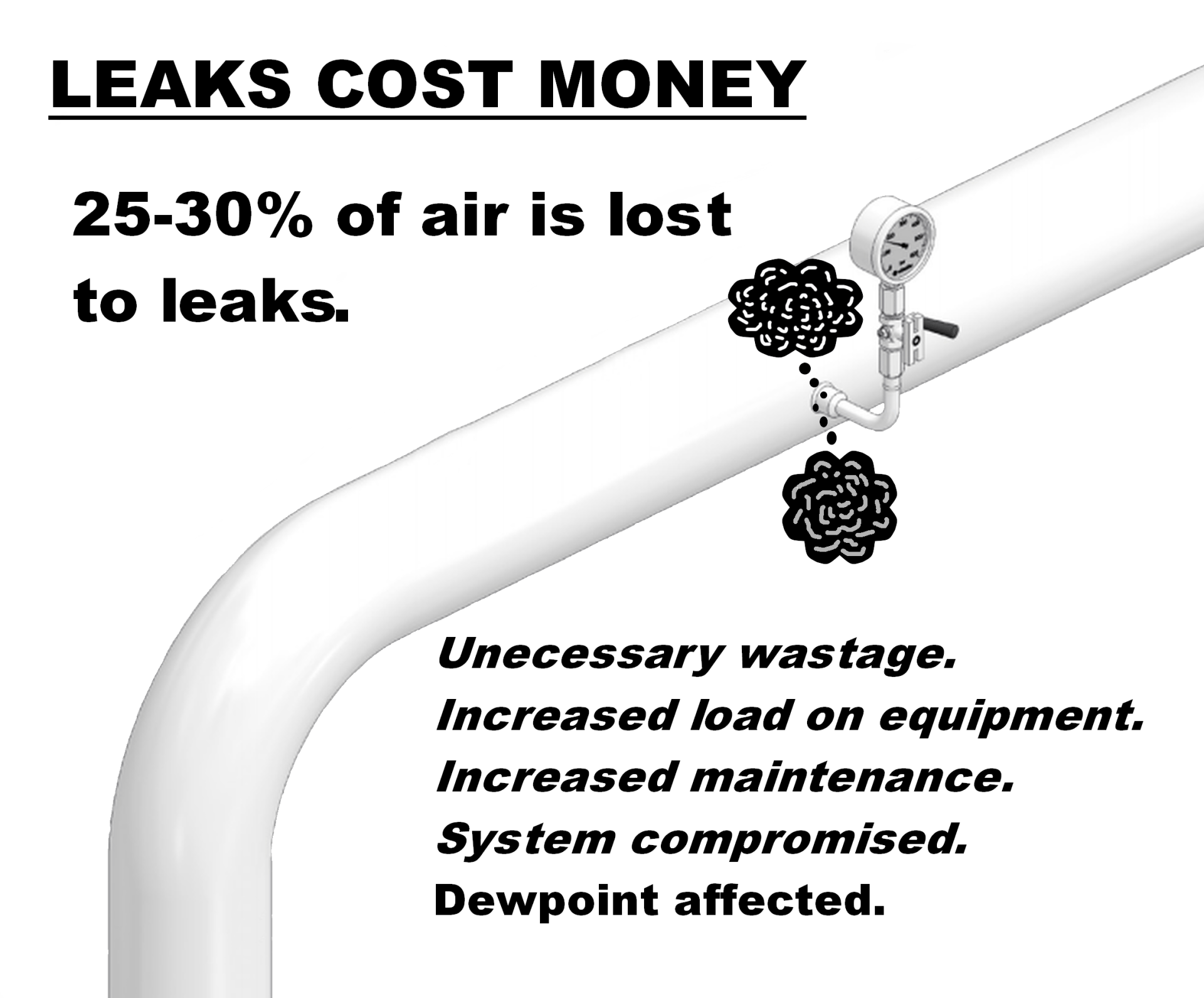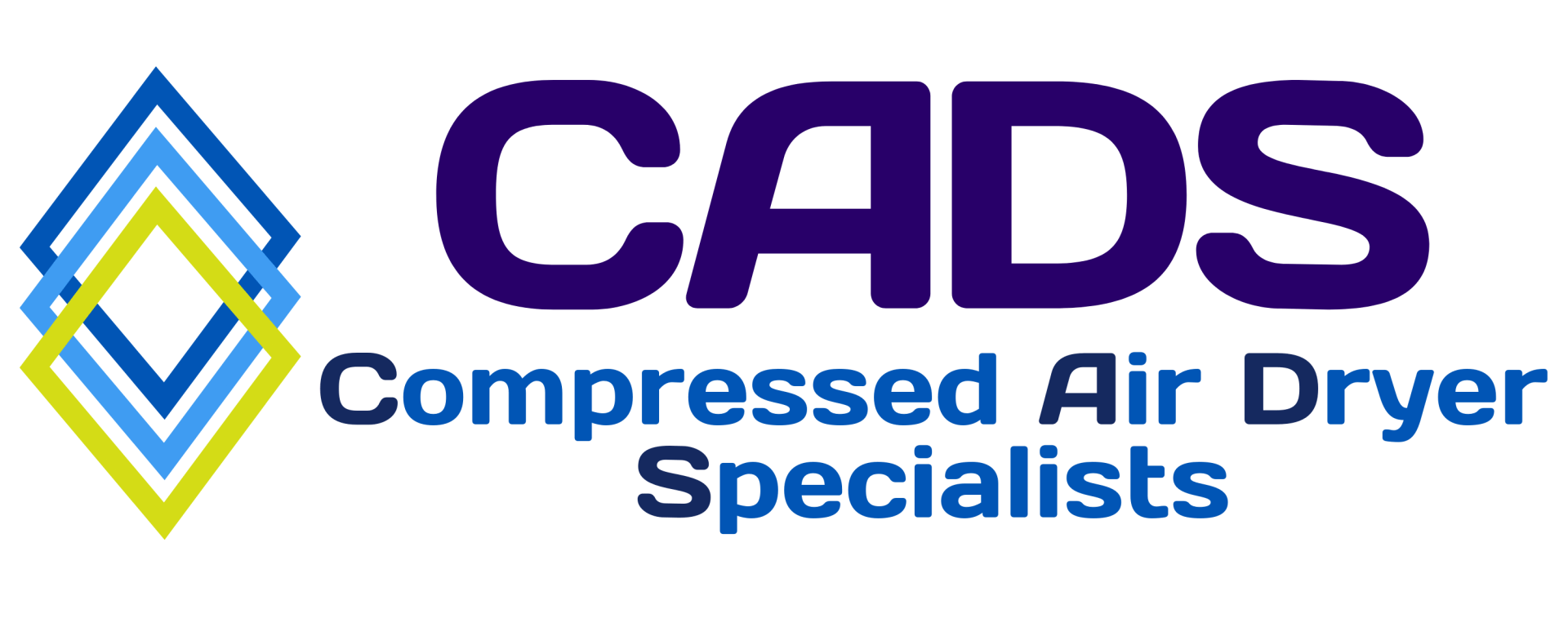DESICCANT
The correct desiccant should last 3-5 years, within the original design conditions of the dryer.
If not, then you have an issue with your dryer, system or desiccant.
Grade - is a word which is incorrectly used when selecting the correct supplier of desiccant.
Most desiccants are manufacturered to the same ratio of materials (grade).
For dryers, the more important selection criteria is size. This will affect air flow, contact time, and abrasion all important factors when applied to desiccant and the efficiency of your dryer.
